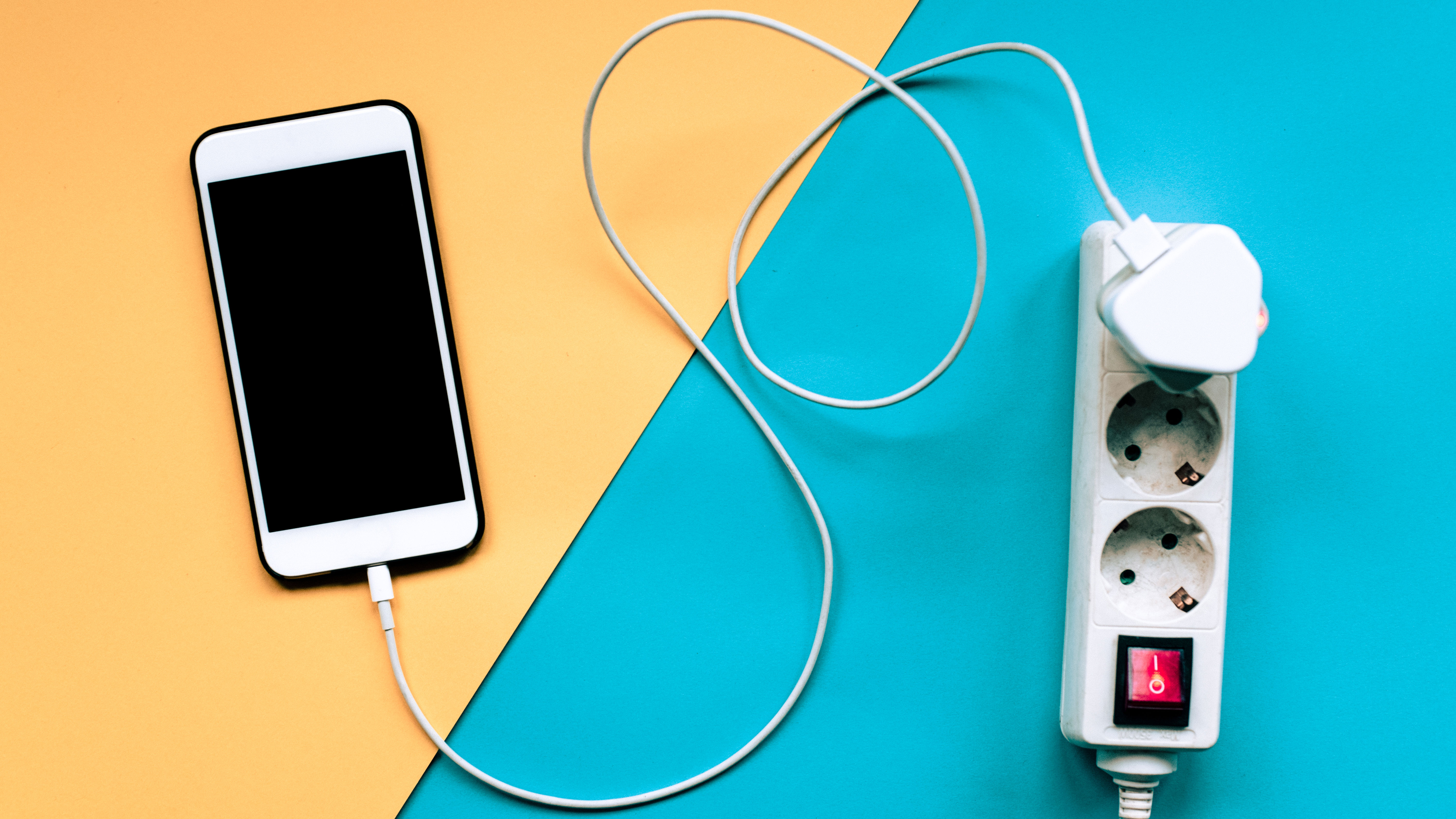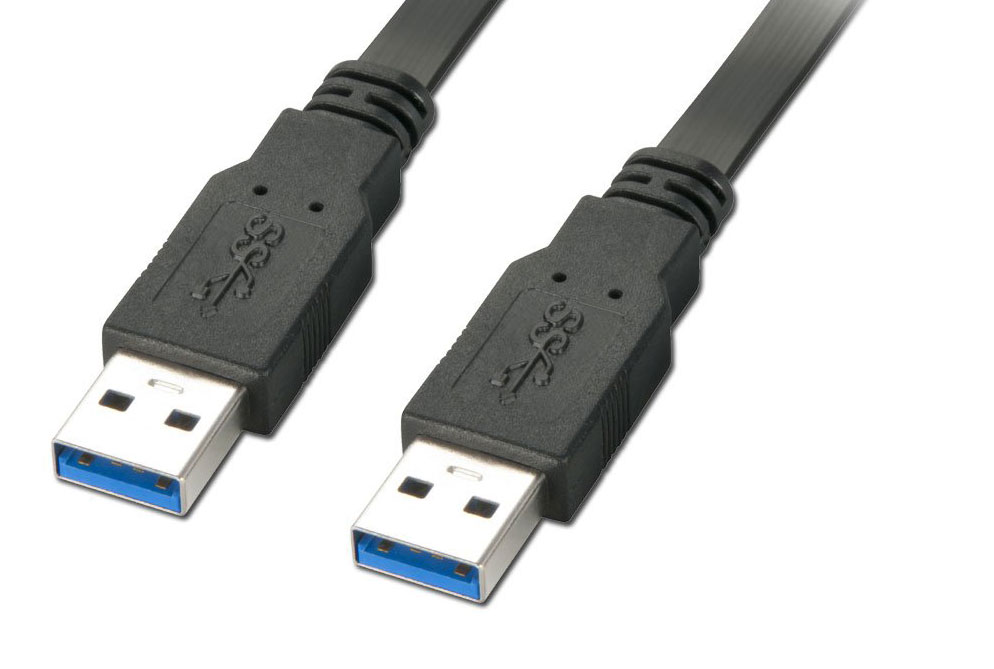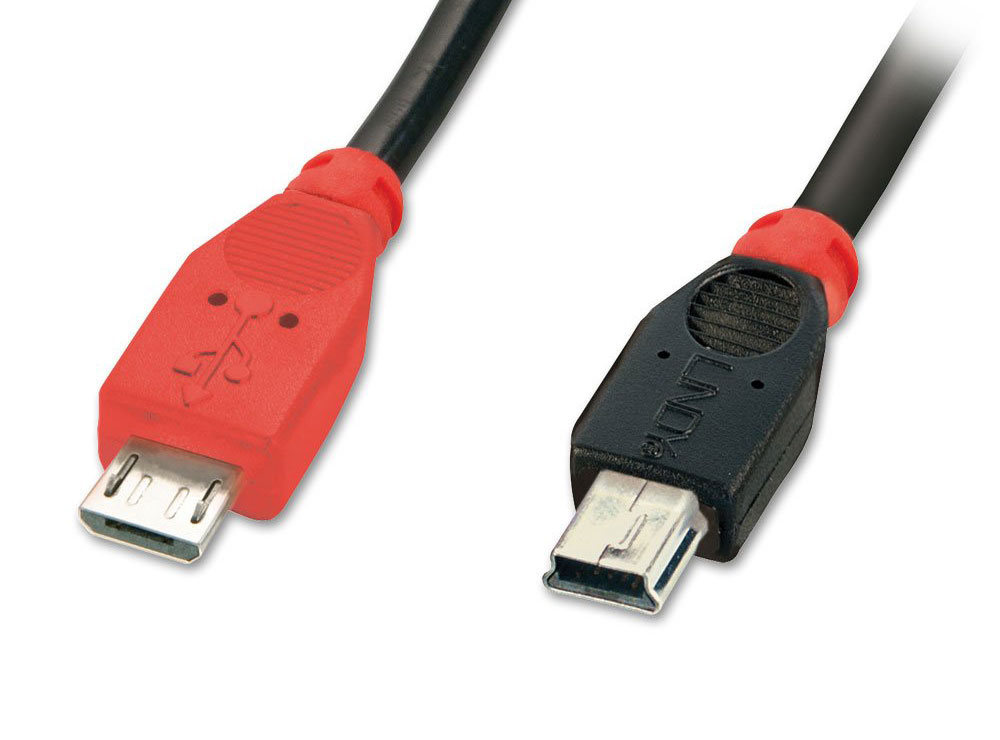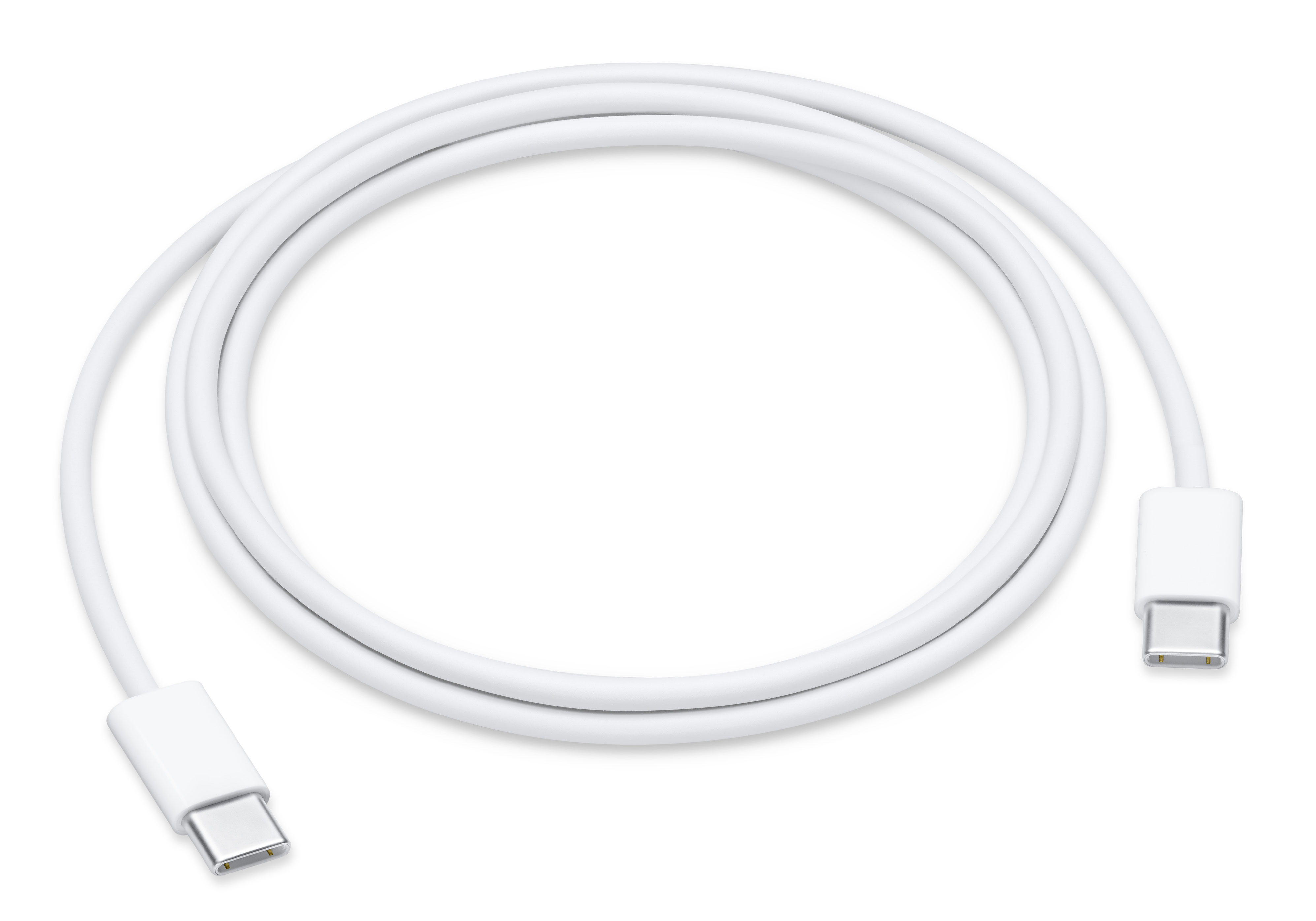Types of USB cables: A creative’s guide
Not sure what types of USB cable your devices need? Our guide will make it crystal clear.

There are various types of USB cable. In the last few years, the tech world has been awash with new types. But at the same time, old stalwarts like USB-A and Micro-USB are still sticking around, muddying the waters with myriad different forms and standards.
If you’re thinking of getting a new drawing tablet or laptop for graphic design, this can make things confusing. What types of USB cable will you need with your new device? And what are all the different cables capable of and compatible with? It’s a perplexing state of affairs.
For example, the shape of a USB cable’s plug doesn’t necessarily indicate its speed. USB-A cables are compatible with speeds ranging from a mere 12 Mbit/sec all the way up to 10 Gbit/sec, but not every USB-A cable can go that fast. You need to know what to look out for to make sure you get the proper cable for your kit – just follow this guide and we’ll have you sorted.
Types of USB cable: USB-A

The USB-A cable is probably the most common type of USB cable around right now. Most laptops and PCs have at least one USB-A port, and you’re likely to find them on other smart home devices.
This type of cable has a rectangular connector with a gap on one side and a plastic wedge occupying the other half. This means you can only fit it into a device one way up, otherwise the wedge gets in the way – this is one issue that USB-C cables are able to sidestep (more on them later).
As for transfer speeds, USB-A can hit a maximum of 10 Gbit/sec, providing it’s paired with a USB 3.2 2x1 connector on your device. It also works with USB 3.2 Gen 1x1 (5 Gbit/sec), USB 2.0 (480 Mbit/sec), and the much older USB 1.0 (12 Mbit/sec).
However, you also need the right type of USB-A cable to reach those speeds. A USB 2.0 cable will fit into a USB 3.2 2x1 port, but you’ll only get USB 2.0 speeds, for instance. You can identify what type of cable you have by the colour of its plastic wedge: white or black is USB 2.0, while blue is USB 3.2.
Get the Creative Bloq Newsletter
Daily design news, reviews, how-tos and more, as picked by the editors.
Wondering what happened to USB 3.1 and USB 3.0 before it? USB 3.2 1x1 is the same as USB 3.1 Gen 1, which is the same as USB 3.0. Meanwhile, USB 3.2 Gen 2x1 is the same as USB 3.1 Gen 2. It’s all incredibly confusing, which is why the simplicity of USB-C is such a big deal.
Mini-USB vs Micro-USB

There are quite a few similarities between Mini-USB and Micro-USB cables, so it’s important to know how to tell them apart. Both have much smaller plugs than you’ll find on USB-A cables, which has enabled these ports to find their way into small, portable devices like smartphones, where an USB-A port would be too large.
Mini-USB cables were introduced in 2001 with the advent of USB 2.0. Their connectors typically look like a small rectangle stacked underneath a wider, flared rectangle. Micro-USB cables came along in 2007 and feature much thinner plugs – they’re roughly half the thickness of a Mini-USB plug. But the differences aren’t just limited to physical dimensions. Micro-USB cables are much more durable, rated for at least 10,000 connect-disconnect cycles, which is double that of Mini-USB cables.
However, one area both cable types have in common is that most Mini-USB and Micro-USB cables are limited to USB 2.0 speeds. To address this discrepancy, a 10 Gbit/sec version of the Micro-USB cable was created, but its plug had to be made significantly wider, which somewhat defeats the purpose of having a small cable. Mini-USB never got this upgrade, meaning it’s still stuck on maximum speeds of 480 Mbit/sec.
Types of USB cable: USB-C

Let’s face it, the old situation, with its chaotic jumble of USB-A, Mini-USB and Micro-USB, was a real mess. To make things worse, all three cable types had Type-A and Type-B versions, each with slightly different shapes. Mini-USB and Micro-USB even had a hybrid Type-AB as well, just to really put people in a spin. Luckily, that’s all a thing of the past thanks to USB-C.
USB-C is a much more recent cable type than USB-A, and is really starting to proliferate among devices. One of its main advantages is that its oval shape can be inserted into your devices either way up, and it’s also much smaller than USB-A connectors. It’s an all-in-one cable that’s meant to replace legacy connectors both large and small.
It’s an all-encompassing standard in other ways, too. For one thing, it can transfer your files, charge your devices (providing up to 100W of power) and handle video signals all at once. There’s no longer any need to mess up your desk with charging wires, HDMI leads and USB-A cables, as a single USB-C cable can handle it all.
Speaking of data transfer, USB-C cables can send information much more quickly than their USB-A counterparts. While USB 3.2 2x1 tops out at 10 Gbit/sec, USB-C cables can reach 40 Gbit/s. That’s because USB-C cables are compatible with Thunderbolt 3, which is a super-speedy connection protocol that’s becoming more popular on computers, phones and tablets.
Even if your USB-C device isn’t Thunderbolt 3 compatible, a USB-C cable can still beat out USB-A cable transfer speeds. USB 3.2 2x2 is a USB-C exclusive and can hit 20 Gbit/sec, for example. USB-C cables can also transfer at speeds of 5 and 10 Gbit/sec.
Given their excellent flexibility, hassle-free use and lightning-fast speeds, USB-C cables can make your life a lot easier. They’re gaining a lot of traction, so don’t be surprised to see more and more devices support them in the coming years.
Read more:
- The best power bank right now
- The best computer for video editing
- The best mouse right now

Thank you for reading 5 articles this month* Join now for unlimited access
Enjoy your first month for just £1 / $1 / €1
*Read 5 free articles per month without a subscription

Join now for unlimited access
Try first month for just £1 / $1 / €1

Alex Blake is a freelance tech journalist who writes for Creative Bloq, TechRadar, Digital Trends, and others. Before going freelance he was commissioning editor at MacFormat magazine, focusing on the world of Apple products. His interests include web design, typography, and video games.
